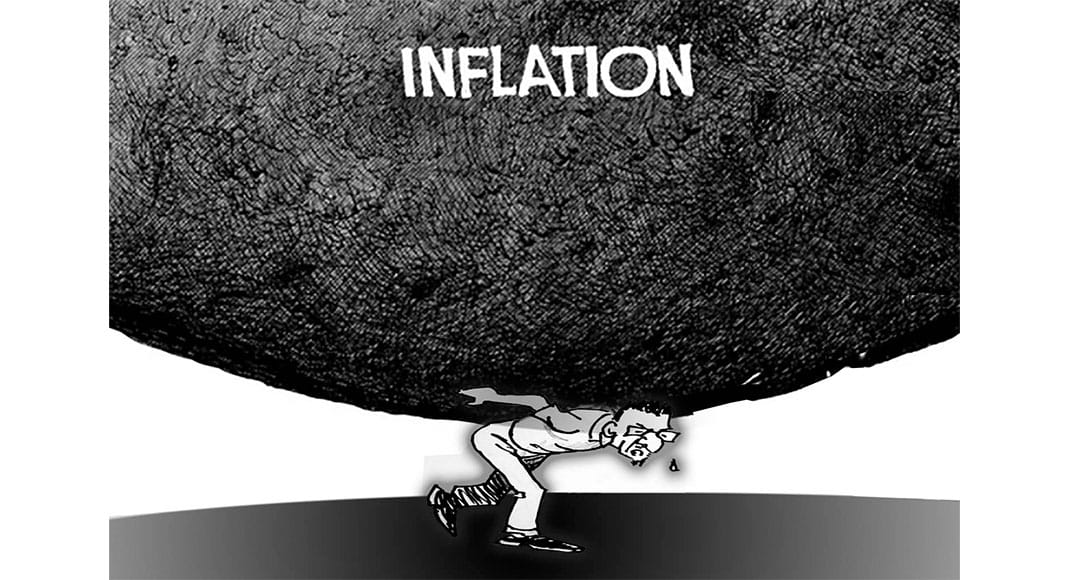
The figures released by a trio of government officials in the past week on a peskysubject have drawn skepticism from far and wide. Prime Minister Abi Ahmed (PhD), the National Bank of Ethiopia and the Ministry of Finance all preened themselves on lowering the year-on-year headline inflation in Ethiopia by an impressive 10 percentage points, claiming it went down from 33.5 percent during the same period last year to the present 23.3 percent. The finance ministry in particular went on to say that inflation is expected to drop to 20 percent in the coming few months and even predicted that the holy grail of achieving “single-digit” inflation, a goal that has eluded Ethiopian governments for quite a while, was attainable by 2025. Many, however, have found it difficult to stomach the figure, arguing the array of factors the government cited to justify its optimistic outlook on inflation are not valid. Some experts even argue the numbers are unrealistic and accuse the government of fudging with them.
There can be no denyingthat the raft of monetary and fiscal policy measures the government implemented since last year—including capping the annual growth of the loan advanced by commercial banks at 14 percent of FY 2022/2023, reducing direct advances to the government b the central bank to no more than one-third of the prior-year levels, increasing the foreign exchange retention for exporters of goods and services from 20 percent to 40 percent of their export receipt—have had an impact, albeit limited, in slowing the pace at which inflation has been growing since then in certain areas. It has also led to a fall in the prices of some food and non-food items. However, the vast majority of Ethiopians, who live in abject poverty, have been unable to enjoy a meaningful dividend from the decline and continue bear the brunt of the backbreaking cost of living. It is the obvious lack of change in the circumstances of the poor as well as other unsatisfactory macroeconomic indicators which have fueled doubts over the credibility of the rosy inflation figures touted by the government.
Assessing the accuracy of inflation figures released by the government involves considering a variety of factors that can influence the data and perceptions of accuracy. Governments typically use various methods to calculate inflation rates, such as tracking consumer prices, producer prices, and other economic indicators. However, the accuracy of these figures can be influenced by severalfactorslike data collection methods, transparency, political interference, and the overall economic environment. One of the key considerations when evaluating the accuracy of inflation figures is the methodology employed by the government to calculate them. It uses a basket of goods and services to calculate the consumer price index, which is used to measure inflation. The accuracy of these figures relies heavily on the representativeness of the basket of goods, the frequency of updates, and the methodologies used to track prices.Transparency in data collection and reporting is also crucial to ensuring the credibility of inflation figures. Governments that provide detailed information about their data collection methods and sources can help build trust in the accuracy of their inflation figures. Unfortunately, the absence of a trustworthy dataset which has been vetted by such stakeholders as academic and professional institutions, international organizations, and other independent sources has rendered the country’s official inflation figuresrather suspect.
Political interference and the overall economic environment of Ethiopia are further potentially at play when it comes to the persistent doubts over the accuracy of inflation figures. Given the political tensions and governance issues bedevilingEthiopia the government may have incentives to manipulate inflation data for various reasons, such as creating an illusion of economic stability or controlling public perceptions, raising concerns about the independence and reliability of the economic data it releases. Moreover, the macroeconomic instability that has been racking the nation for some time now has given rise to supply chain disruptions, currency fluctuations, and changes in consumer behavior, making pricetracking and data collection a challenging exercise. Consequently, official inflation figures have been tainted by inaccuracies.
As Ethiopia’s crippling inflation shows no sign of abating any time soon, the government’s assertion that it has plunged dramatically within a relatively short span of time strains credulity. While the initiatives it has introduced to tame inflationary pressure has admittedly eased it somewhat, it must neither congratulate itself prematurely nor summarily dismiss criticisms that it has not achieved the kind of significant strides it claims to have made. Inflation figures play a crucial role in shaping economic policy, guiding business decisions, and impacting the standard of living of citizens. That is why it is incumbent on the government to ensure that they are as accurate as possible so as to enable policymakers, businesses, and individuals make informed decisions and to ensure economic stability and growth.
.
.
.
#Ensuring #Accuracy #Inflation #Data
Source link











